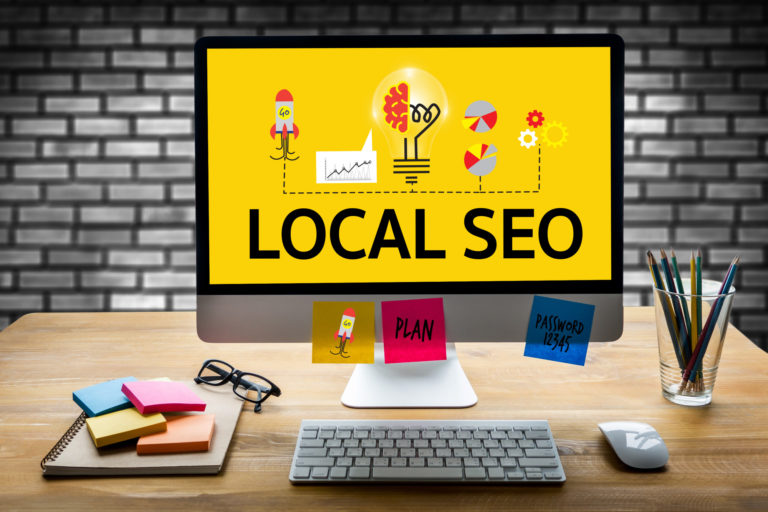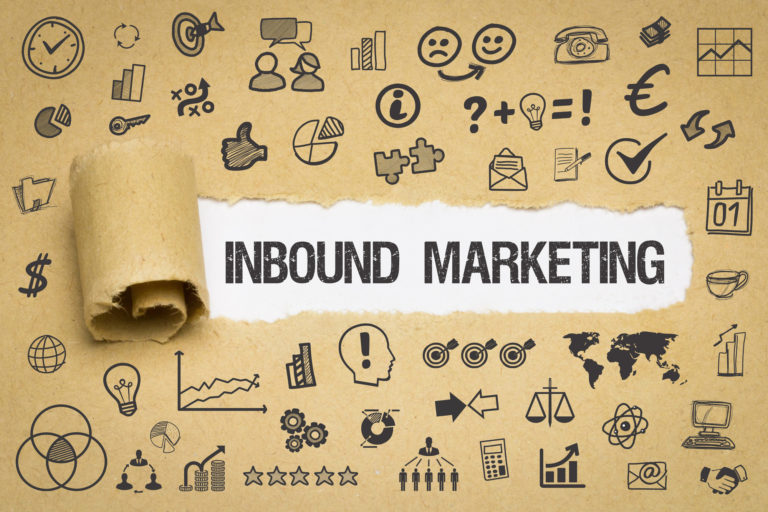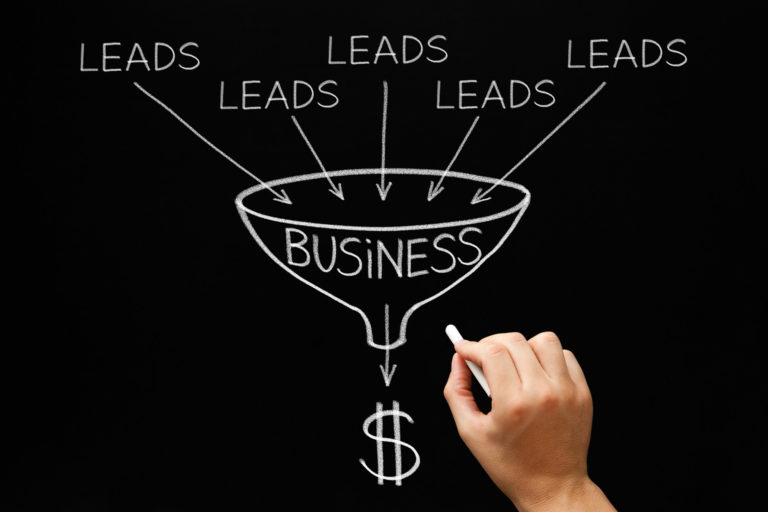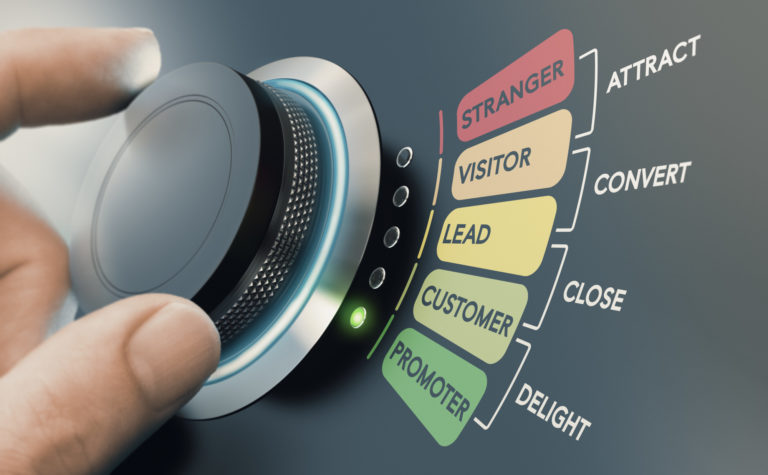Do you consider your business too small to invest in a CRM? You might be surprised to learn that around half of all small businesses (those with fewer than ten employees) use a CRM.
So you don’t need a vast sales department to see the benefits that modern customer relationship software offers.
In this guide, we’ll broaden your understanding of the most state-of-the-art CRMs on the market today with a look at these thirteen key benefits of a CRM that your business can enjoy.
1. A CRM Will Improve Your Customer Service
The clue is in the name. CRM, of course, is an abbreviation for customer relationship management, and it’s your key to unlocking the door to a long and fruitful connection with your client.
The tool allows you to build customer excellence into every interaction you have. That might be answering questions, providing personalized offers, understanding their demographics, or noting down their requests.
A CRM gives everyone in your team the same information on a customer. That means when the customer contacts you about an existing inquiry, they don’t have the frustration of explaining their problem to another staff member.
The correct information is instantly available. That will show your customer you actively listen to them and ultimately make them feel like a valued client.
2. A CRM Can Boost Your Sales
Selling to a customer means understanding your customer. That’s where a CRM can provide massive value to your business.
But don’t take our word for it. A recent study showed that companies got a 29% boost in sales from using a CRM.
The more you know about your client and what they need, the easier it will be to present them with a personalized offer that’s too irresistible to turn down.
Do you want to improve your revenue per customer? Use your CRM to offer upsells when they order your signature product or service.
Upselling is a superb way to boost revenue. With the help of a CRM, you can have the right customer intelligence to help you make an effective sales pitch to a customer before they finalize their purchase.
You can also use your CRM to find customers you haven’t heard from in a while, so you can email them to let them know about your latest offers.
Sometimes, you can revive dormant customer accounts so effectively that they transform into your highest paying clients!
3. Real-Time Reporting
Modern CRM platforms provide a whole host of reporting for your organization. Most of it is available in real-time, giving you an accurate snapshot of one of the most critical aspects of your business: sales.
Consider how you might transform your business but have up-to-date information on your sales pipeline at the simple touch of a button.
With that sort of detailed forecasting, you can plan effectively to stay on top of delivery expectations from your customers. That might mean backfilling staff positions, increasing warehousing space, or ramping up production.
You can also use CRM reporting to determine how your sales team is reporting. By getting a snapshot of sales figures for each team member, you can reward staff fairly and intervene when there are early hints of underperformance.
You can also make sure your team is appropriately nurturing leads. Monitoring sales calls, timely follow-ups, and responses to queries mean you won’t forget any potential client, even during your busiest times.
4. The Switch to Automation
Taking care of customers is traditionally a labor-intensive task for any organization. As your business grows, what often happens is that communication drops or staff expenses go up.
What if there were aspects of your customer service that you could automate? That’s the question many CRM software designs have posited. And in the more sophisticated platforms, automation is now built-in as standard.
So what does automation mean? It means you can set up simple processes like automated follow-up messages after a customer purchases. You’ll have seen these before when you’ve bought something in the past.
Perhaps you have received a message from a company asking you if you have any questions. Or maybe you got an email asking you to leave a review.
That is automation in action, and it’s an excellent time-saver for businesses that want a simple way to keep their customer relationships on track.
5. Better Teamwork
Good customer service isn’t always about having one excellent service representation. Your customer service will rise or fall on your company’s teamwork efforts.
That means you need a system that encourages collaboration and helps make it easier for a team to communicate and share ideas and data.
That’s where a CRM comes in. Many businesses, whatever their size, find that implementing a CRM helps teams stay on the same page.
They talk more, solve problems, and take a proactive approach to customer relationship management. As a business, you’ll witness happier customers and happier, more fulfilled, and motivated staff.
6. Integrated IT Systems
Taking information down on paper, filing it away in multiple folders, or screenshotting some data from a screen, is cumbersome and inefficient.
Yet many companies find themselves in this position when dealing with critical business data that sits in different places within the organization.
It’s even more of a test when you have a new starter and spend hours training them to find the information they need to do their job.
Most CRMs offer seamless integration between other platforms such as your website, HR, finance, and marketing.
That means you can cut down on data duplication or data errors. It should result in smoother operations all-round for your organization.
With a click of the button, you’ll get the most accurate real-time data you need, no matter your role in the organization.
7. Better Complaints Handling
No business likes customer complaints. But even the best company in the world has to handle complaints from time to time. You need robust processes to deal with these issues when they arise.
A CRM helps you keep track of complaints and respond to them promptly.
You can set targets with your team at how long it takes to respond and improve the standard of communications when dealing with an unhappy customer.
That way, they don’t feel like you are reading from a script but genuinely care about resolving the issue.
You can also use the reporting side of a CRM to see broader patterns in your customer complaints. That can help you confront the root cause of repeated complaints.
For example, perhaps you are getting large numbers of complaints about late delivery. Moving to a new courier company could make a massive improvement to your customer satisfaction levels in one single action.
8. You Can Monitor Revenue and Profit
You don’t need to rely on an accounts platform or a finance team to know how your business is performing financially.
A CRM will contain up-to-date information on your sales, revenue, and profit. Your sales team can see how their team performance supports the broader business goals.
That is going to help your business strive to record levels of profit. You’ll see patterns in your sales activity that will help you spot gaps and opportunities.
Your sales team can target customers that they know to bring in more revenue and profit for your business. And they can even slow down sales activity with customers where you only break even (or even operate at a financial loss).
9. A CRM Can Support Your Marketing Team
Is your business struggling to produce new, innovative marketing campaigns that will stand out from your competition? Perhaps you’ve got an upcoming product launch and are brainstorming advertising ideas?
Let your CRM support your efforts. In your hands, you’ve got all the customer data your business will need. You know what customers buy, how frequently, what questions they have, and what issues might cause complaints.
One of the key benefits of a CRM platform is this valuable data. An intelligent business can use this to improve its marketing campaigns.
For example, you can examine client communications to find keywords and phrases that resonate most with your customers. Once you have that, you can include those in your marketing copy on your next Facebook ad.
Or perhaps you can use your CRM to discover how clients discovered you and use this to target particular SEO keywords. The opportunities to market your business using your CRM are almost endless.
10. You Can Try Market Segmentation
Reaching out to potential customers is becoming a challenge as new competition emerges and globalization breaks down traditional market barriers.
You do have a hidden weapon to hand, however. That’s market segmentation. By grouping your customers into smaller groups based on their demographics, needs, and habits, you can fine-tune your marketing messages.
More personal customer connections will help you secure a sale. More importantly, it will help you deepen that relationship with your customer.
Your competitors might talk loudly about their product features. But you cut through that noise with more personal information about why your customer wants your product in their life. It will help you stand out.
Your business will be the one customer leads remember when they next have their credit card to hand are ready to go on a spending spree.
11. Streamline Your Business Processes
Haphazard and disjointed business processes cost businesses time and money. It means more training, more effort, and more inefficiencies.
Getting your processes set up in a CRM is the perfect way to spot problems and one of the key benefits of using a CRM.
As you join up teams and automate tasks, you’ll naturally see areas where you can make significant improvements in your systems.
For example, perhaps you’ll find that your customer service reps spend half their time answering the same five customer questions.
You can counteract this by putting a FAQ before a customer can reach a support person.
You could even consider making parallel process improvements when rolling out the CRM and tick two strategic objectives off at once.
Your team will undoubtedly experience a smoother-running sales and customer service operation afterward.
12. Scale and Grow Your Business
Business growth rarely happens by accident. You need a path, a strategy, a planned route. The insight you get from a CRM is your starting point for putting together a robust growth strategy.
Two aspects of your CRM are hugely valuable to your business growth. First, the reporting will help you measure your performance, set targets, and reach the goals you need to scale.
Second, the information you hold on your customers will allow you to grow new marketing channels, launch new products, retain customers, and cross-sell.
For an ambitious company with its sights set on more extraordinary things, a CRM is a must. Without it, you’ll struggle to match the aggressive growth plans of your nearest competitor.
13. Access Data Remotely
Our last benefit is a somewhat practical one but is becoming increasingly valuable in today’s world of zoom meetings, remote working, and global business.
A cloud-based CRM will give you access to all the customers you need, wherever you are.
And with some platforms, you can even connect via your phone. So even if you are stuck on a train or waiting for a flight, you can get real-time information on your customers.
Think of the benefits this can offer in real situations you might have found yourself in in the past.
You are in a client meeting, and your customer asks you for an update on a recent issue they had.
Usually, that would mean calling all the relevant departments for an update. But with a remotely accessible CRM, you have that information immediately to hand on your phone, ready to update your customer there and then.
Key Benefits of a CRM: It’s Now Over to You
With so many indisputable benefits of a CRM for your business, the only question remaining is when you’ll make the switch.
Are you ready to speed up your business growth and get serious about your sales and customer management? Use the expertise of our teams to help you reach your goals faster.
Your first step is to schedule a call with our talented team. Let’s connect and chat about what your business needs, and we’ll tell you how we can help.








